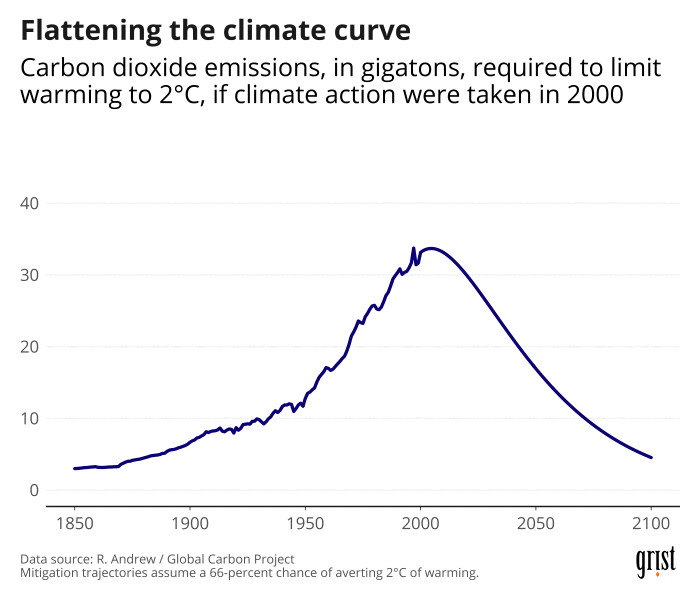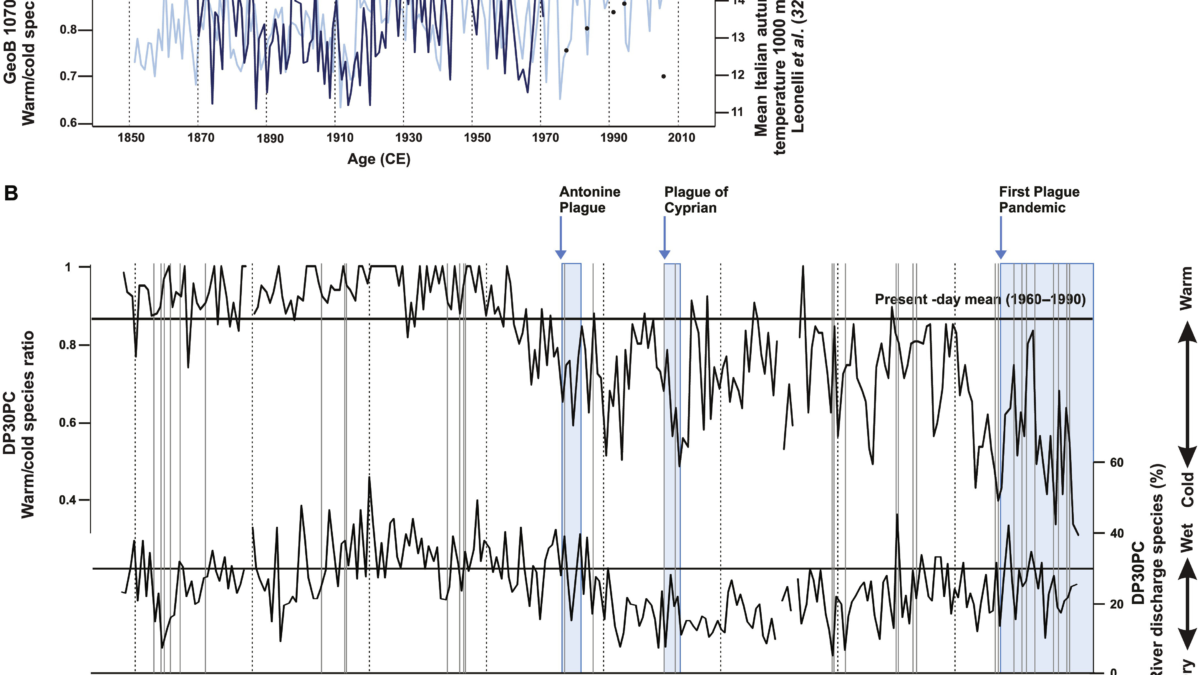Humans are releasing greenhouse gases at level unprecedented in geologic history – “Uncertainty is not our friend”

By Saul Elbein
7 September 2023
(The Hill) – Human civilization came to be thanks to the comparatively stable climate of the past 10,000 years.
But the unchecked burning of fossil fuels is undermining that foundation, according to a leading climate scientist.
“There is no analog in the past for the rapid warming” we are seeing today, University of Pennsylvania climate scientist Michael Mann argued.
In a speech Thursday at the “The Good, The Bad, and the Wicked” climate conference, presented by the Meadows Center for Water and the Environment at Texas State University, Mann argued climate is the hidden factor in the history of life — and its many devastating extinctions.
The talk was drawn from Mann’s new book, Our Fragile Moment: How Lessons from Earth’s Past Can Help Us Survive the Climate Crisis, which will be released later this month.
In 1999, Mann published the famed “Hockey Stick graph” of the world climate system. The name conveys a long, largely stable climate since the year 1000 — with a sharp upward sweep of temperatures beginning in the mid-1900s.

This publication plunged Mann into the increasingly politicized debates about climate change. Over the past two decades, he said, that hockey stick has become more like a scythe: Research into historical climate data and a generation of continued warming has given it ”a longer handle and a sharper blade.”
In his speech Thursday, Mann argued forcefully against “climate doomers” who argue that onrushing climate change will unavoidably wreck human civilization.
This perspective, he argues, only benefits polluters by depressing activism.
But Mann argued that humans were tiptoeing on the edge of an atmospheirc tipping point of our own making.
“My themes here are urgency and agency,” he said. “There is still time.”
A sense of tragedy hung over Mann’s speech. A graph on climate investigative outlook Grist shows that if the energy transition had begun in 2000 — as proposed by Democratic presidential popular vote winner Al Gore — then keeping warming to the U.N. agreed-upon climate target of 1.5 degrees Celsius would have been a “bunny slope to ski down.”
Now, Mann said, it’s a far more treacherous descent. “ExxonMobil and others have bought us a ticket on the black double diamonds,” he said, referring to the most challenging ski route. […]

“So when people say, ‘Oh, well, we’ll just adapt to warming.’ Yeah, we can adapt if we do nothing and warm the planet.”
But in that scenario, he said, “a lot of people are going to die.”
In one key area, climate scientists might have missed the mark.
They have correctly predicted the levels of warming we are currently experiencing for decades, Mann said. The climate “ is warming exactly as much as ExxonMobil predicted back in 1982,” he said.
But key tipping points — the weakening of key Atlantic currents, the rotting of Greenland and Antarctic ice sheets — are looming “sooner than expected.”
“Uncertainty is not our friend,” he said. [more]
World is releasing greenhouse gases at level unprecedented in geologic history, scientist says



One Response
Comments are closed.